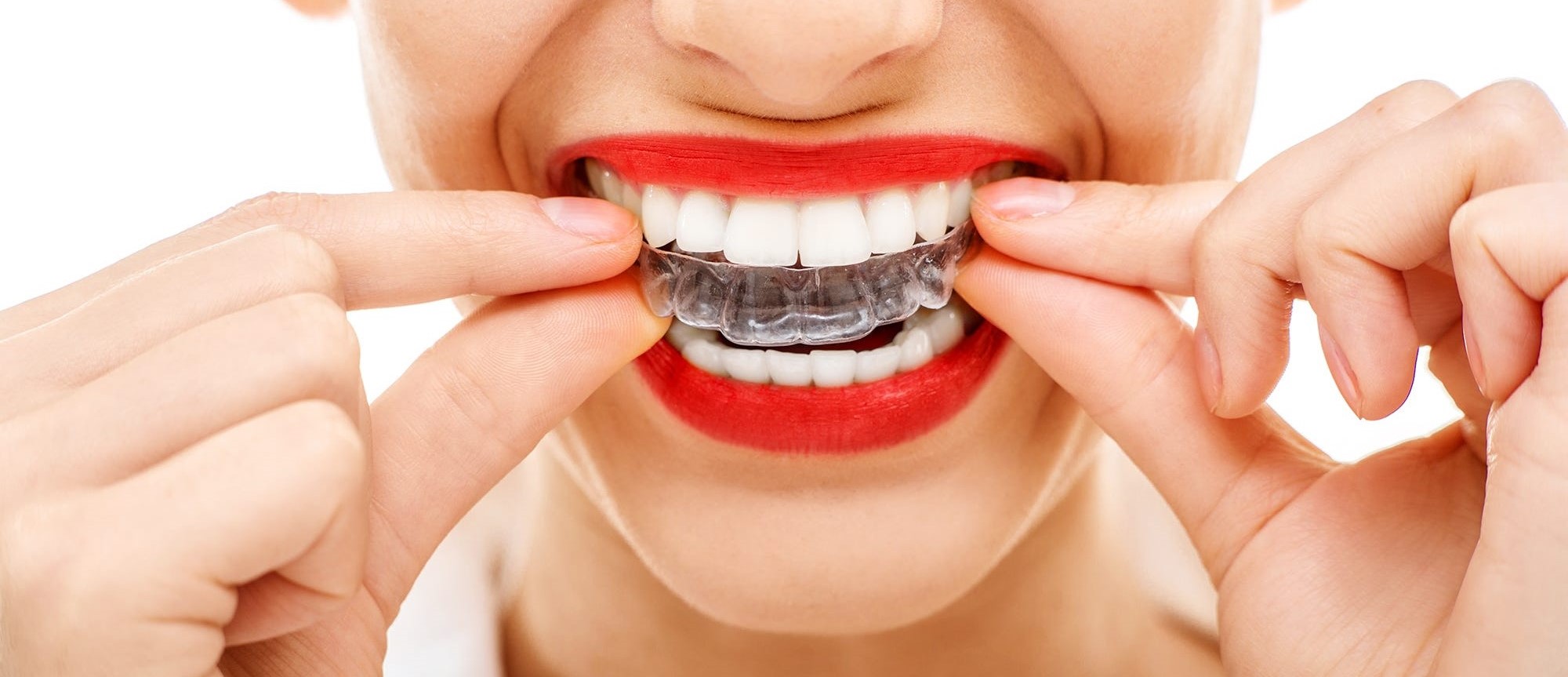What are dental splints?
A dental splint is an appliance used in dentistry to stabilize and protect teeth and their supporting structures from damage caused by grinding or clenching. The splint may be in the form of either a tooth night guard or an occlusal splint. Dental splints can be either removable or fixed, and they are custom-made to fit the patient's oral anatomy. These appliances play a crucial role in maintaining proper tooth alignment and supporting overall oral health.
Types of dental splints
There are different types of dental splints designed for various dental conditions. Dentists carefully assess individual cases to determine the most appropriate solution. Some common types include:
- Occlusal splints
Occlusal splints are commonly used to manage temporomandibular joint (TMJ) disorder, bruxism (teeth grinding), and jaw muscle pain. Occlusual splints create a stable and balanced bite, reducing stress on the jaw joints and preventing damage caused by clenching or grinding during sleep. These splints are typically made of acrylic and are customized to fit the patient's dental arch, providing comfort and effective therapeutic results.
- Orthodontic splints
Orthodontic splints are dental devices designed to stabilize and maintain the corrected positions of teeth after orthodontic treatment, such as braces or aligners. These splints help prevent the teeth from shifting back to their original misaligned positions.
- Teeth whitening splints
Teeth whitening splints, also known as whitening moulds, are probably the most frequently used splint. These splints are designed to hold a whitening gel against the teeth's surface. Users apply a dentist-prescribed whitening gel into the trays and wear them for a specified period.
- Fluoridation splints
A fluoride splint is a device used for the topical application of fluoride to teeth. This tray is designed to fit precisely to the patient’s dental arch. It is used as part of preventive treatment, as part of preventive treatment to strengthen tooth enamel and prevent the formation of cavities.
How to clean a dental splint
Cleaning dental splints is very simple. It is crucial to maintain oral hygiene and prevent bacterial buildup. Here's a general guide on how to clean different types of dental splints:
- Brushing: gently brush the splint with a soft toothbrush to remove any debris or plaque.
- Mild soap: use a mild, non-abrasive soap or dishwashing liquid and lukewarm water to clean the splint thoroughly.
- Rinse thoroughly: rinse the splint under running water to ensure no cleaning solution remains.
- Drying: allow the splint to air dry or pat it dry with a clean, soft cloth before placing it back in the mouth.
Dental splint procedure
Overall, the dental splint procedure involves several steps, and the specific details can vary based on the type of splint needed. Here's a general overview:
- Dental consultation: a thorough dental examination is conducted by a dentist to assess the patient's oral health and determine the need for a splint. This may include X-rays and other diagnostic tests.
- Impressions: to create a customized splint, impressions of the patient's teeth may be taken using traditional dental molds or digital scans. This ensures a precise fit for the splint.
- Splint fabrication: The impression or scans are used to create a custom-fitted splint. Depending on the type of splint, materials such as acrylic, plastic, or other biocompatible substances may be used.
- Fitting appointment: the patient returns for a fitting appointment. The dentist ensures that the splint fits accurately and comfortably. Adjustments may be made as needed to achieve an optimal fit.
- Instructions and care guidelines: The dentist provides instructions on how to use and care for the splint. This includes information on when and how to wear it, cleaning procedures, and any specific considerations based on the type of splint.
- Follow-up visits: Depending on the purpose of the splint, follow-up visits may be scheduled to monitor progress, make adjustments, or address any concerns the patient may have.
How much do dental splints cost?
The cost of dental splints can vary widely based on several factors, such as the type of the splint, geographic location, and the dentist's fees. Here's a general overview of potential costs:
| Dental splint type | Price | ||
| UK | France | Turkey | |
| Occlusal splints | Between 200 £ and 400 £ | Between 300 € and 600 € |
Between 200 € and 500 € |
| Orthodontic splints | Between 2,000 £ and 5,500 £ |
Between 2000 € and 4000 € |
Between 1800 € and 2500 € |
|
Teeth whitening splints |
Between 200 £ and 400 £ |
Between 400 € and 1000 € |
Between 250 € and 700 € |
|
Anti-snoring splints |
Between 100 £ and 1,000 £ | Fully covered by social security | Between 100 € and 450 € |
